During my first interactions with Japanese cuisine, one of the things that impressed me the most was how eggs were consumed. As an Italian, I grew up eating eggs either boiled, fried, or prepared as a frittata, and never ate a raw egg in my life. My parents told me they sometimes drank raw eggs when they were little, but that should be avoided, or you would risk getting food poisoning.
So I was a little worried when, the first time I tried Japanese sukiyaki すき焼き, I was told to dip the simmered meat from the hot pot into a small bowl containing a whisked raw egg. As the creaminess of the egg mixed up with the juiciness of the meat, though, the worry left the place to a pleasant sense of surprise: I just discovered how tasty the combination of raw egg and meat is! From that moment forward, I would take every chance to order the raw or poached egg topping with my gyudon 牛丼, and sukiyaki became my favorite type of Japanese-style hot pot. And, in Japan, raw egg toppings can be ordered for a variety of different foods!
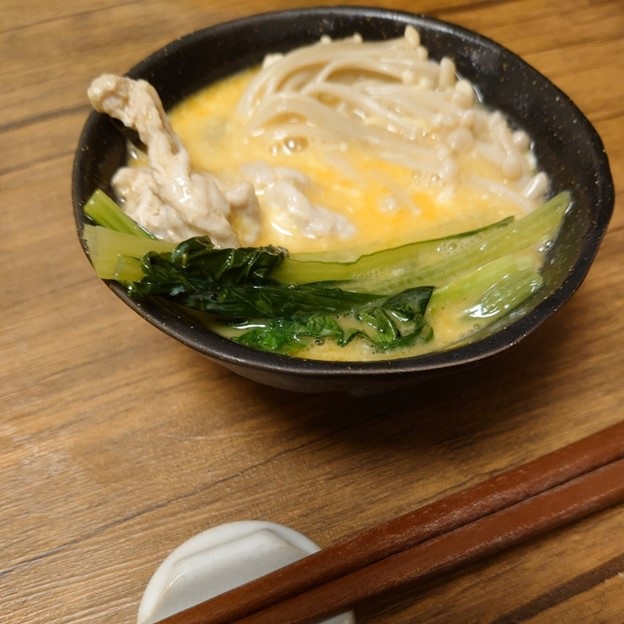
Raw eggs consumption
While eggs are certainly not exclusive to Japan, the habit of eating eggs raw seems to be more widespread than in other Countries. To make raw egg consumption safe, Japan has stringent protocols regarding egg harvesting, cleaning, and packaging processes. Eggs packages report a “best before” date, which also indicates the limit for the eggs to be safely consumed raw. After that, the eggs can still be eaten, but they must be cooked.
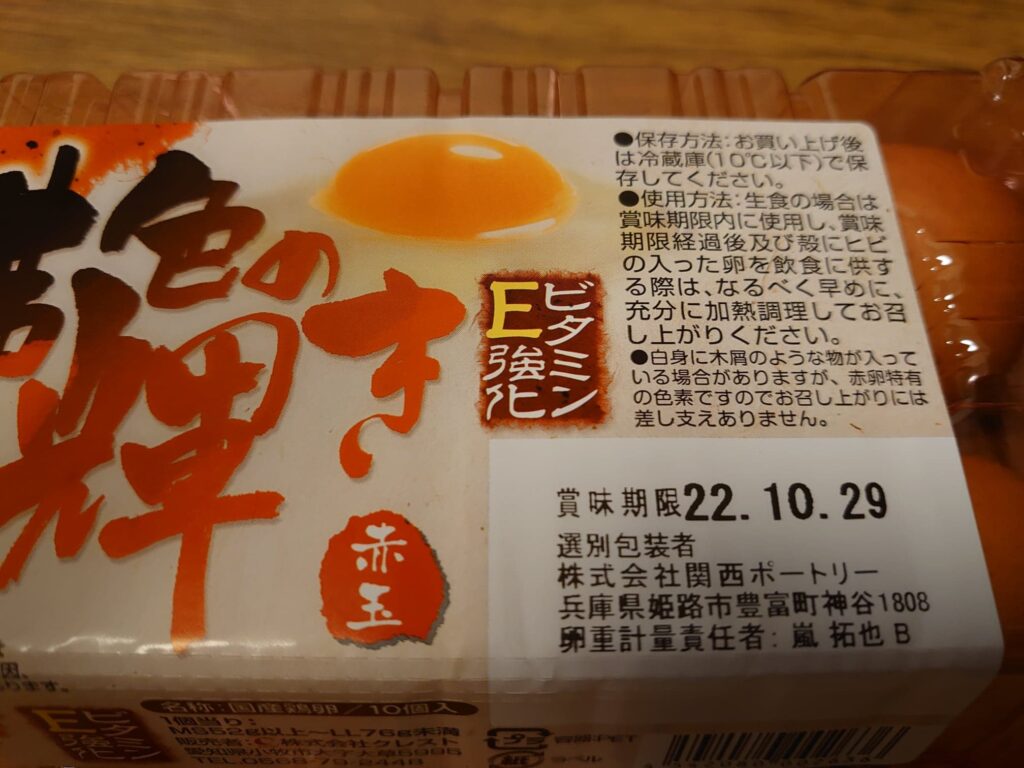
One of the favorite ways to consume raw eggs, other than whisking them to use as a sort of “sauce” for simmered and boiled meat, is to crack one on top of some steaming rice and sprinkle a dash of soy sauce: the resulting dish, called tamago kake gohan 卵かけご飯 “egg on rice,” is both a comfort food, a nutritious breakfast, and a quick dinner after a long day at work!
Eggs history and spread
Eggs are consumed in various ways in Japanese cuisine. From tamagoyaki 卵焼き, the Japanese-style rolled omelet – that can also be cut to bite size and put on sushi rice, creating the tamago no nigiri 卵の握り, usually ordered by just saying “tamago” when eating in a sushi restaurant – to oyakodon 親子丼, the chicken and egg on rice, whose ironic name literally means “parents and child bowl”, Japanese people are enormous consumers of eggs. And yet, eggs were somewhat of a rarity in pre-modern Japan. Before consuming eggs became common during the Meiji period (second half of the 19th Century), they were prized as medicine due to their excellent nutritional value.
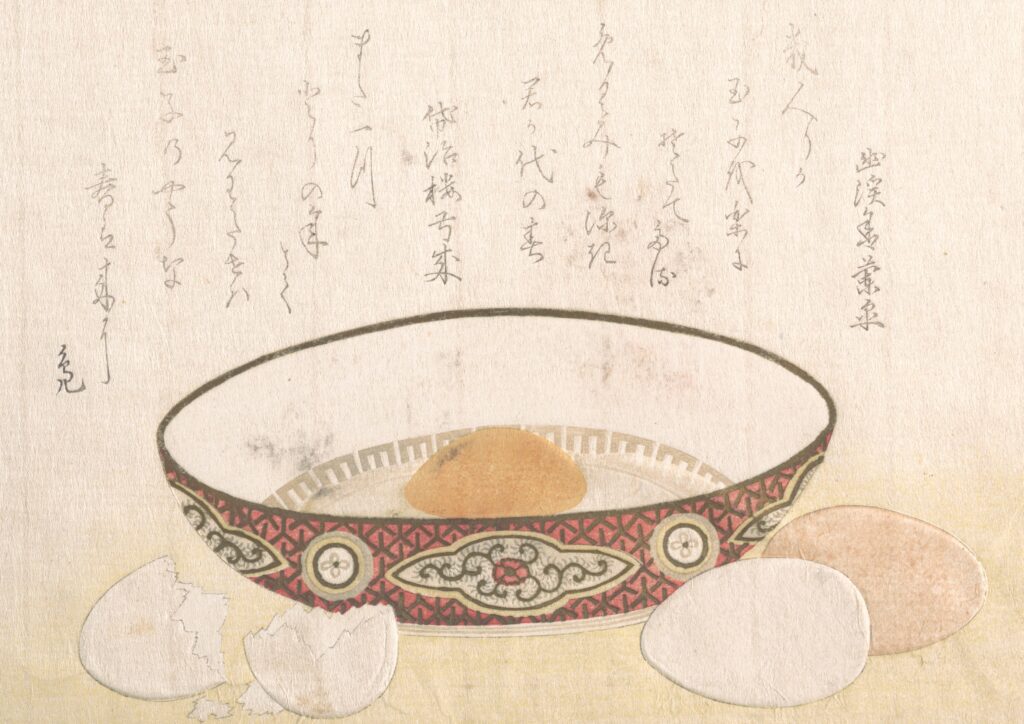
Fast forward one and a half centuries, Japan is today one of the leading countries in egg consumption, especially chicken eggs. Other than chicken, readily available eggs are quail eggs, called uzura no tamago うずらの卵, which are commonly used in bento 弁当 lunch boxes, or boiled, battered, and fried to prepare uzurafurai ウズラフライ. This fried snack is then usually skewered and served in restaurants specializing in fried skewers (kushikatsu 串カツ in Japanese).
With some many dishes featuring eggs in Japanese cuisine, you can be rest assured you will be feeling full as an egg after visiting Japan!
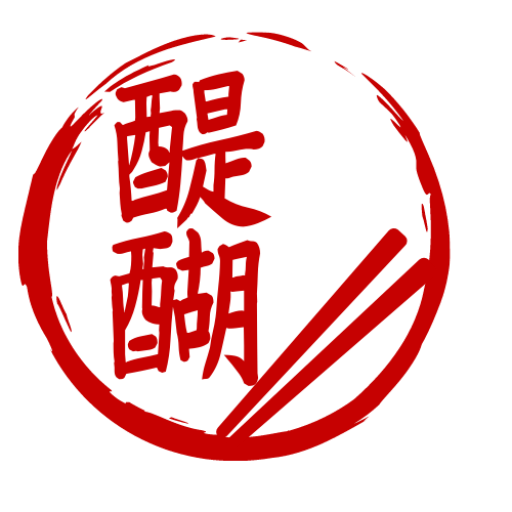
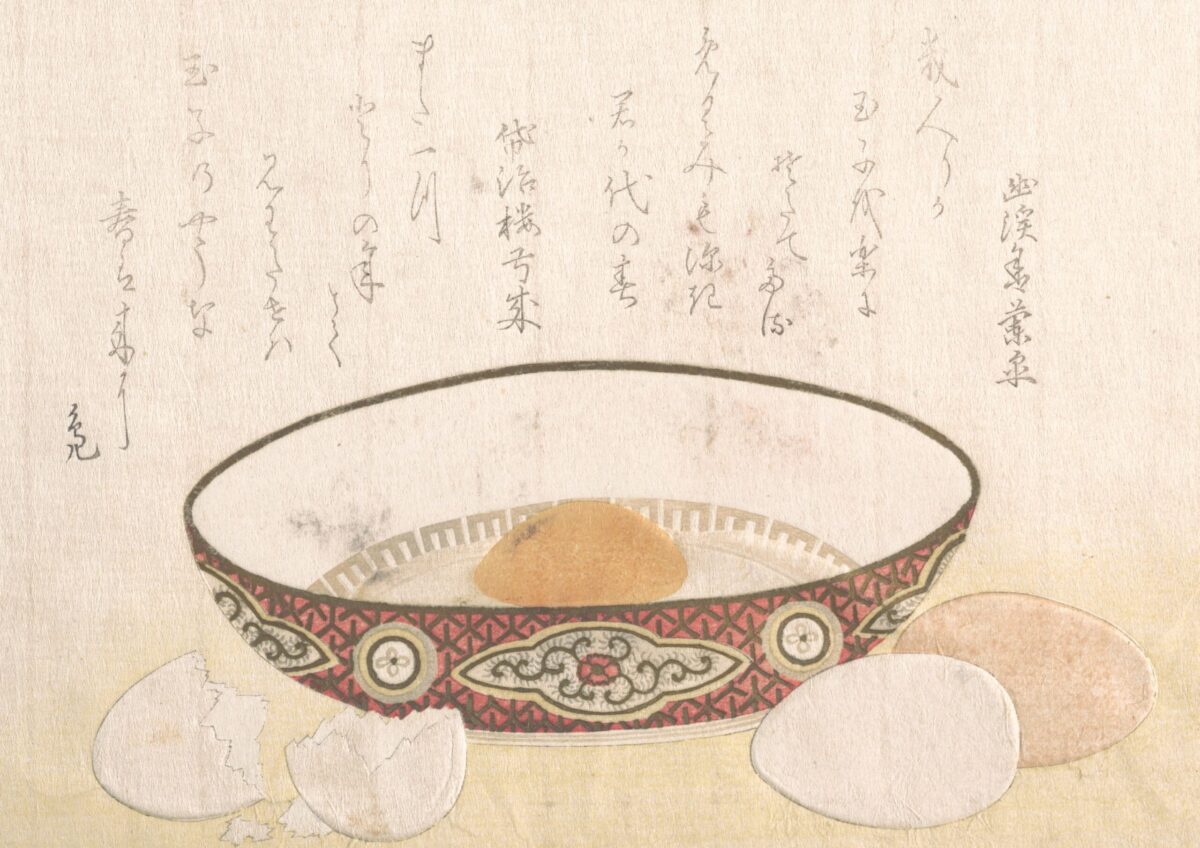
[…] Yukke: another dish of raw fish, on which an egg, also raw, is poured. It is mixed well and eaten directly (without fear, since in Japan eggs are subjected to rigorous treatments and controls to make them safe). […]